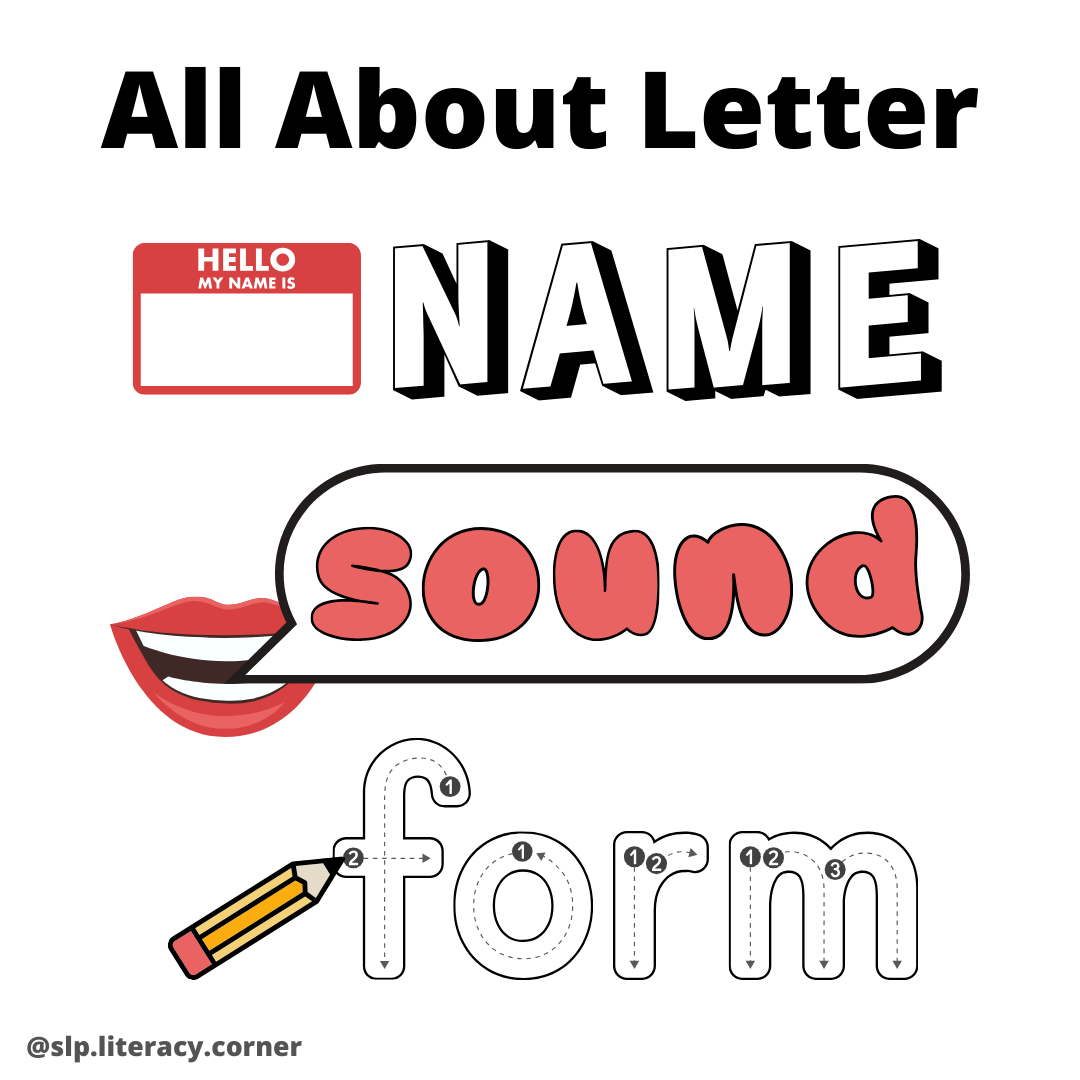Effective Literacy Instruction
Written by: Brianna Guild, MHSc SLP(C)
Date: April 5, 2023
Updated: December 15, 2024
One of the most common questions I get asked by educators and parents is, "How do I help my student/child strengthen their literacy skills?"
When working on literacy skills, we need to look to the Science of Reading (SOR). This is the collection of research from multiple disciplines (e.g., psychology, neuroscience, education) that provides scientific evidence for how children learn to read and write, and how to best support literacy development for all readers.
The evidence supports the importance of a structured literacy approach, which teaches literacy skills through systematic and explicit instruction, and incorporates review of taught skills. Structured literacy approaches use decodable texts to teach beginning readers phonics skills. This is in contrast to a balanced literacy approach, which uses the three-cueing system (semantics, syntax, grapho-phonic cues) to teach beginning readers, rather than systematic instruction of phonics and other literacy skills.
Current research outlines many components of effective literacy instruction, including:
1. Phonological Awareness
2. Phonics
3. Reading Fluency
4. Vocabulary
5. Reading Comprehension
Let’s review each of these 5 components in more detail.
1. Phonological Awareness
Phonological awareness is the ability to recognize and manipulate the sounds in spoken language, including words in a sentence, syllables in words, and sounds in words (e.g., identify and generate rhymes, and blend, segment and manipulate syllables and sounds/phonemes). Read more about phonological awareness here.
2. Phonics
Phonics is the relationship between the sounds of spoken language and the letters of written language (e.g., the sound /n/ is represented by the letter n, and is the first letter in words like net). Phonics is also known as sound-symbol correspondence or association. Phonics instruction also includes learning about morphology (the structure and form of words), multisyllabic words, the schwa vowel sound, phonetically irregular words, and sometimes the 6 main written syllable types in English (closed, open, VCE, r-controlled, vowel team, stable final). Read more about syllable types here and read more about phonics here.
3. Fluency
Fluency is the ability to read accurately, at an appropriate rate, and with proper expression. Accurate reading requires that individual words are read correctly. Rate, or automaticity, refers to the speed with which text is read, which should be a conversational speed — faster is not necessarily better! Expression, or prosody, includes the pitch, tone, volume, emphasis, and rhythm in speech and while reading. It also includes the reader's ability to chunk words into phrases, and use punctuation as a cue to pause appropriately within and at the ends of sentences. Read more about reading fluency here.
4. Vocabulary
Vocabulary is the understanding of words and their meanings. Vocabulary encompasses both receptive vocabulary (listening and reading) and expressive vocabulary (speaking and writing). In addition to learning word meanings, literacy instruction should teach grammar and syntax so that readers understand how words are combined to form sentences. Read more about vocabulary here.
5. Comprehension
Comprehension is the understanding and interpretation of what is read — the overall goal of reading! It’s the result of the integration of all the above components. It is important to distinguish between the processes and products of reading comprehension. The processes are the cognitive activities that help a reader get to the product (e.g., activate background knowledge, make predictions and inferences, monitor understanding of words). The products are what a reader understands and knows after reading (e.g., provide a story retell or answer comprehension questions). Read more about reading comprehension here.
Overall, if you want to help your student/child strengthen their literacy skills, the research suggests that literacy instruction should explicitly teach phonological awareness, phonics, fluency, vocabulary and comprehension skills.
Join the SLP Literacy Corner email newsletter to get access to exclusive free resources, including handouts with activity ideas for each of these 5 components of literacy. Sign up here!
References:
International Dyslexia Association Ontario. (n.d.). Structured Literacy. https://www.idaontario.com/structured-literacy/
International Dyslexia Association. (2020). Structured Literacy: Effective Instruction for Students with Dyslexia and Related Reading Difficulties. https://dyslexiaida.org/structured-literacy-effective-instruction-for-students-with-dyslexia-and-related-reading-difficulties/
National Institute of Child Health and Human Development (NICHD) and U.S. Department of Education. (2000, April). Report of the National Reading Panel - Teaching Children to Read: An Evidence-Based Assessment of the Scientific Research Literature on Reading and Its Implications for Reading Instruction. https://www.nichd.nih.gov/sites/default/files/publications/pubs/nrp/Documents/report.pdf
Stewart, L. (n.d.). The Science of Reading: Evidence for a New Era of Reading Instruction. https://www.zaner-bloser.com/research/the-science-of-reading-evidence-for-a-new-era-of-reading-instruction.php
Lewis Hennessy, N. (2020). The Reading Comprehension Blueprint: Helping Students Make Meaning from Text. Brookes Publishing.





